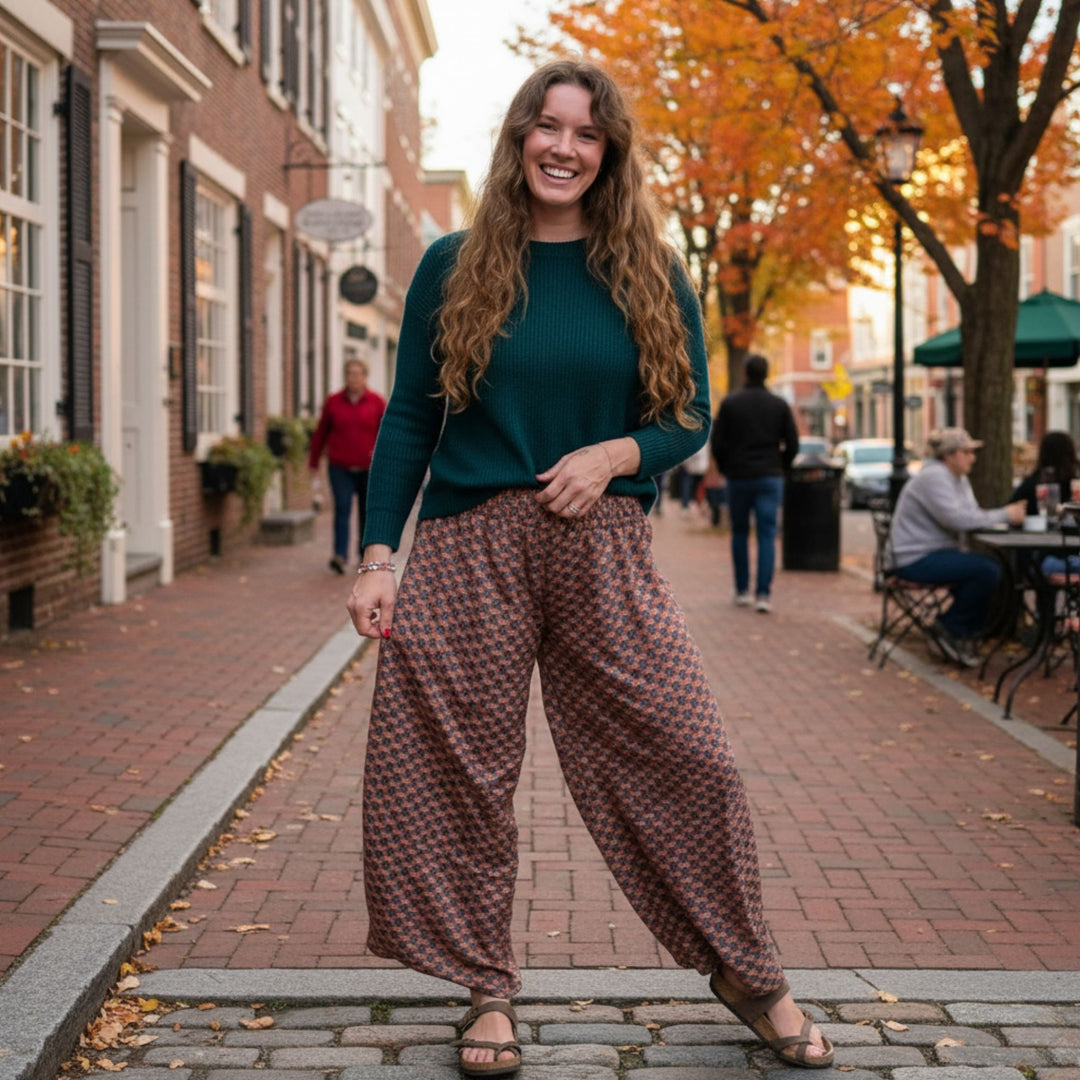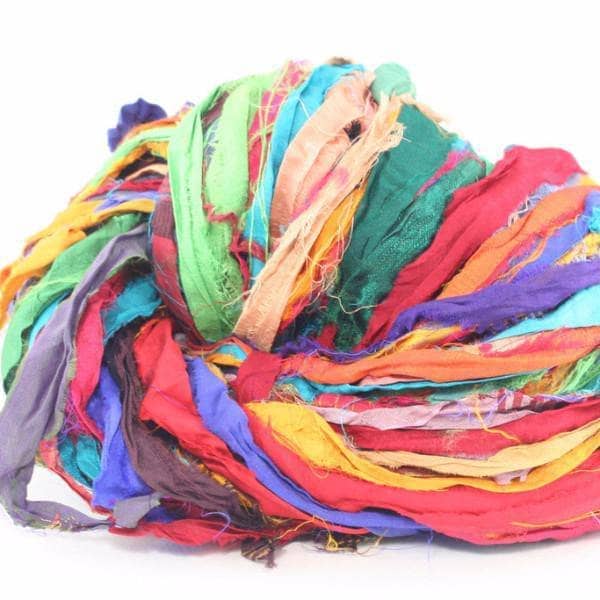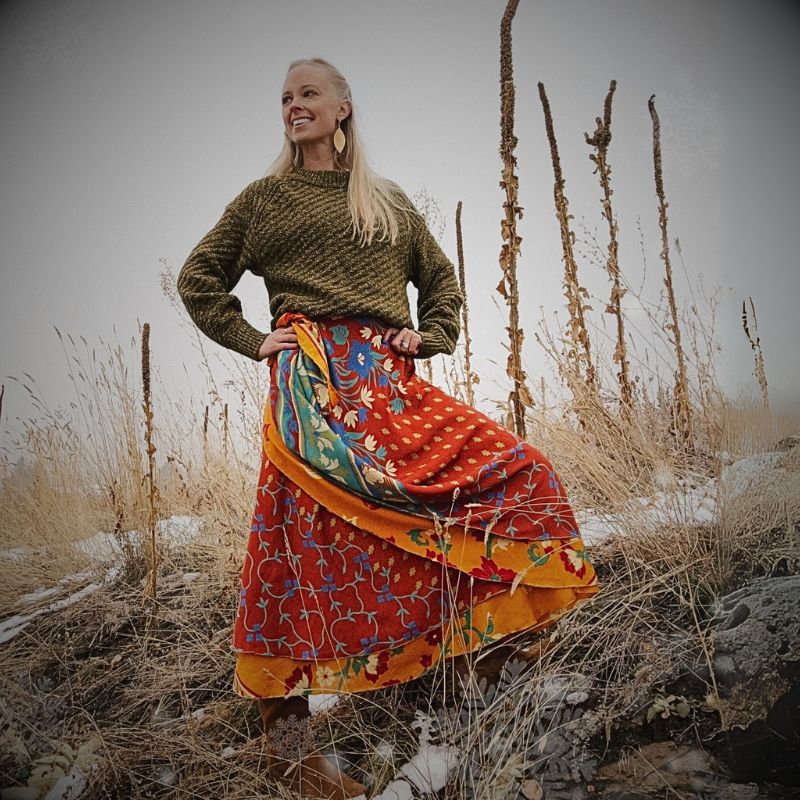Interpersonal communication and community through crafting are both big parts of Emma Oliver’s practice, but both of those things changed in dramatic ways this year.

Overheard pieces of strangers’ conversation was once central to some of her pieces, but suddenly became much harder to come by.
“I’d overhear conversation, get a snippet of something, jot it down and amplify it in whatever way through fiber,” says Oliver. Her work comments on memory—how humans begin to remember events differently as soon as they happen—and the intricacies of language. “It’s really me taking stock and suggesting to other people that they could take stock of how they speak and what they’re saying.”
“Those overheard conversations might not be something I get anymore, and I might have to shift,” says Oliver. “I think it’s definitely going to change how I source my work and I’m not sure where that process is going to end up going right now.”
Oliver still sees fiber art as a powerful tool in bringing people together and creating community —even during a pandemic.
She’s the yarn bomber behind the masked statues throughout Bloomington-Normal, Indiana. Emma crocheted (non-functional) face masks for statues like Abraham Lincoln, who practiced law there. There are several Lincoln statues in Bloomington-Normal, and each one got masked.

More than just a light-hearted stunt in socially distant times, this installation got locals thinking and talking about wearing face masks and provided imagery to use alongside that conversation. Articles were written, Instagrams were posted, Tweets were hashtagged #blonoyarnbomb.
And so without teaching classes or gathering with friends, community was still cultivated through yarn bombing.
If you’re cooking up a yarn bombing stunt of your own, Emma has some lessons to share from her own experiences.
Yarn bombing is inherently political, Oliver says, because it’s done in a public space. While some yarn bombers obtain permission before installing their pieces, many don’t.

Emma used to get worried someone would confront her while yarn bombing, but this hasn’t yet happened. Emma recognizes that because she is white and a woman, she is less likely to be confronted in this situation.
“This is one of the situations where I’m hyper-aware of the power those two qualities about myself hold in society,” she says.
Emma suggests using a couple traffic cones and a neon vest could help a yarn bomber seem more “official” and perhaps less likely to be questioned.
Using social media strategically can transform one small project into something bigger.
“I often leave hashtags in street chalk around my yarn bombs so that even if we aren’t sitting there and crocheting the piece together, we have the ability to all experience it as a collective and see evidence of that on social media,” says Emma. “If I can create an experience that is real and sustain it on social media to create community, I’m very happy!”
Statues aren’t always exactly life size—many are smaller—and don’t move or adjust their pose. This can create some challenges when outfitting them with socks, clothes, or masks, so having an idea of the dimensions of the model can be helpful.

Emma made her crochet masks easy to detach, and sometimes removes her work herself.
“Often, though, I let other people take them down and be curious about the object as they’re typically gifts to the world and are ephemeral!” she says.
While Emma uses synthetic yarns for projects that will only be up for a day, she opts for natural fibers for long-term pieces, to reduce environmental harm.
“I don’t really view them as permanent installations,” says Emma. “If they were mail, they’d be postcards that are beautiful and thoughtful for a short amount of time but get recycled unless they’re particularly special. They don’t equate to a love letter.”
 Rewards
Rewards




















